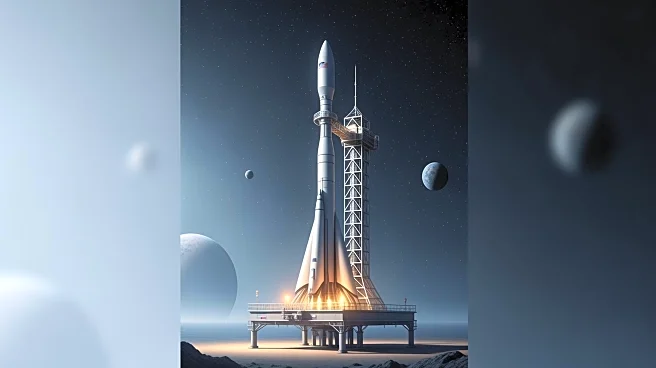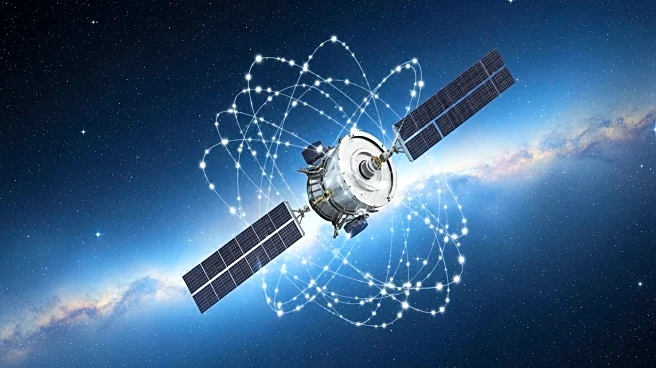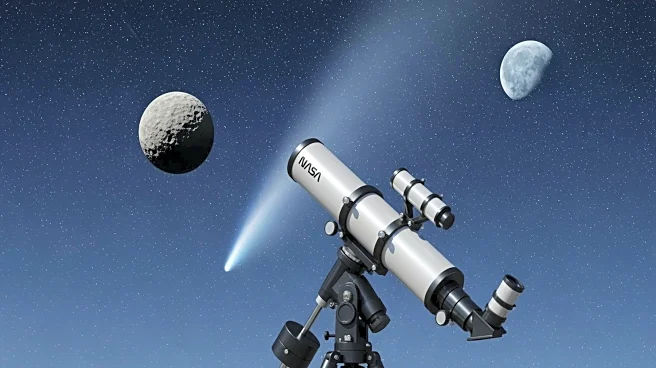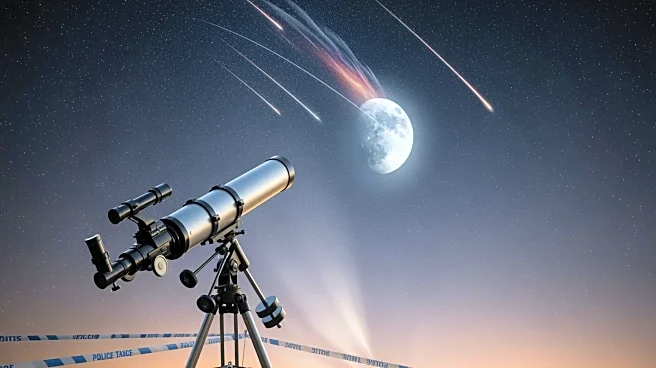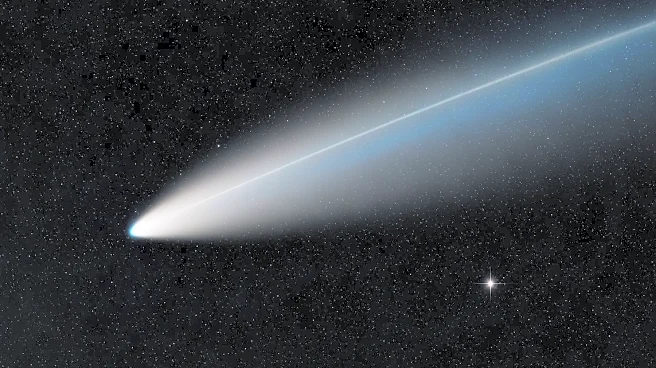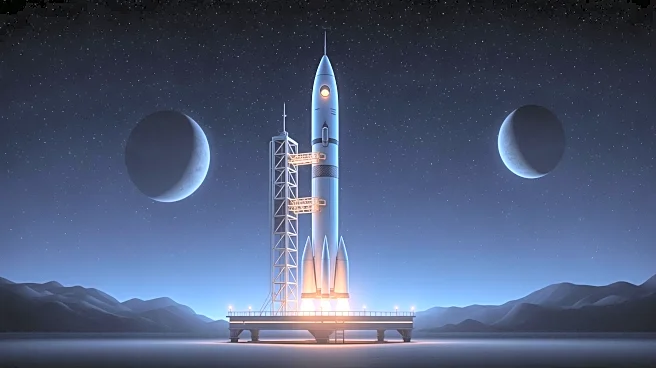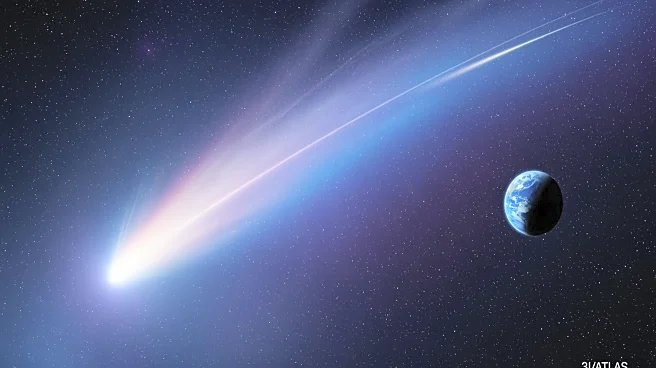What's Happening?
NASA's Voyager 1 spacecraft, launched 47 years ago, has made a groundbreaking discovery at the edge of the Solar System. The spacecraft has encountered a 'wall of fire,' a region where temperatures range between 30,000 and 50,000 kelvin. This discovery is part
of ongoing research to understand the boundary separating the Solar System from interstellar space. The heliopause, the outer edge of the heliosphere, is the most accepted boundary of the Solar System. It is formed by the Sun's solar wind, a stream of charged particles that extends beyond the planets before being halted by the interstellar medium. Both Voyager 1 and Voyager 2 have crossed this boundary, entering interstellar space. The mission has also revealed that the magnetic fields just outside the heliopause align parallel to those inside the heliosphere, a finding confirmed by both Voyager spacecraft.
Why It's Important?
The discovery by Voyager 1 is significant as it challenges existing perceptions of the Solar System's boundaries and offers new insights into the transition between our Solar System and interstellar space. Understanding the heliopause and the alignment of magnetic fields can provide valuable information about cosmic phenomena and the nature of space beyond our Solar System. This research could influence future space exploration missions and the study of cosmic environments, potentially impacting scientific theories about the universe's structure. The data collected by Voyager 1 and Voyager 2 enhances our understanding of space physics and the interactions between solar and interstellar forces.
What's Next?
NASA will continue to analyze the data sent by Voyager 1 and Voyager 2 to deepen the understanding of the heliopause and its characteristics. Future missions may be designed to explore these boundary regions further, potentially leading to new discoveries about interstellar space. Scientists will likely focus on the implications of the magnetic field alignment and its effects on cosmic phenomena. The findings could also prompt discussions within the scientific community about redefining the Solar System's boundaries and exploring the unknown regions beyond.
Beyond the Headlines
The Voyager mission's findings raise questions about the nature of cosmic boundaries and the forces that govern them. The alignment of magnetic fields could have implications for understanding cosmic magnetism and its role in shaping space environments. This discovery may also influence the development of new technologies for space exploration, as understanding these boundary regions could be crucial for future interstellar missions. The ethical considerations of exploring and potentially altering cosmic environments may also be discussed as humanity continues to venture into deeper space.


